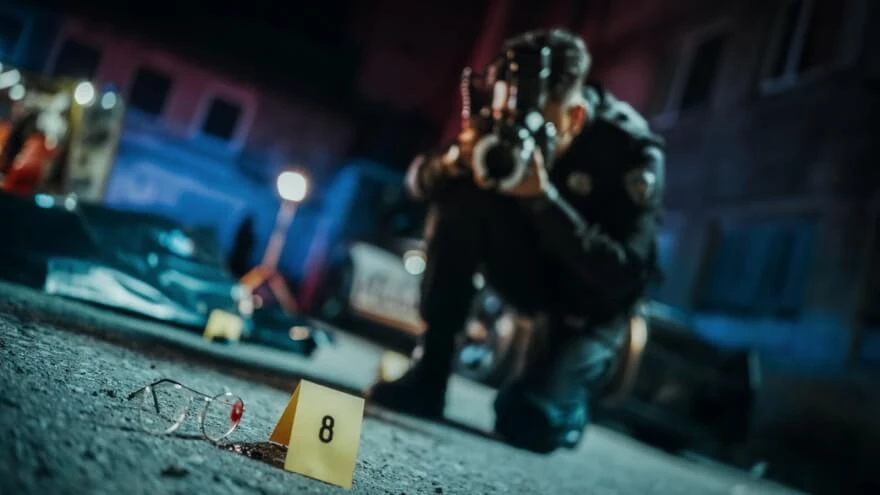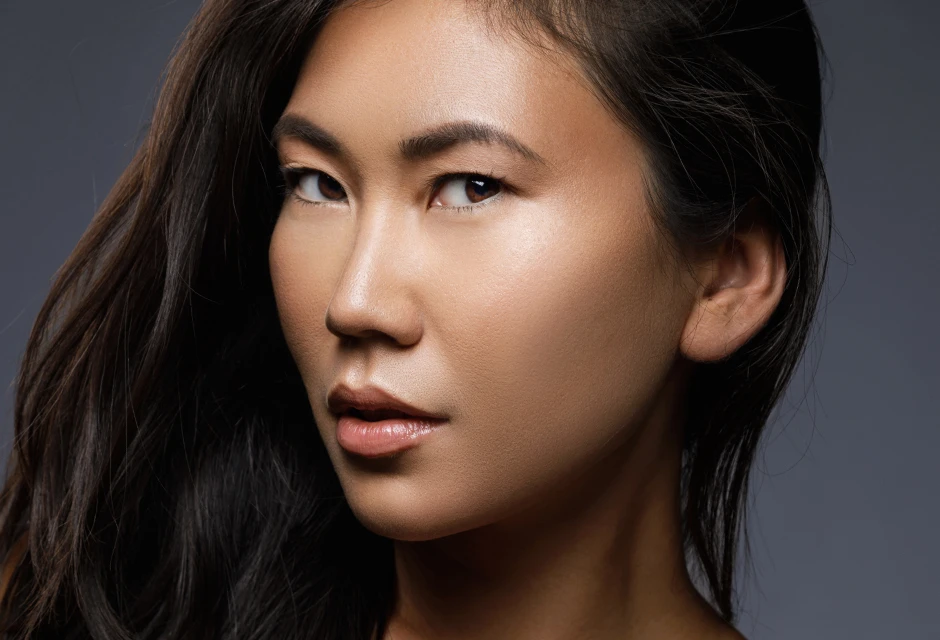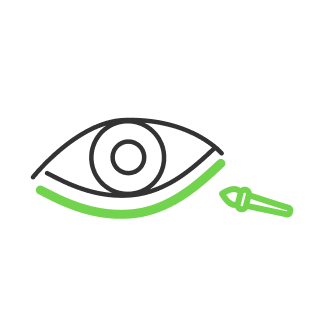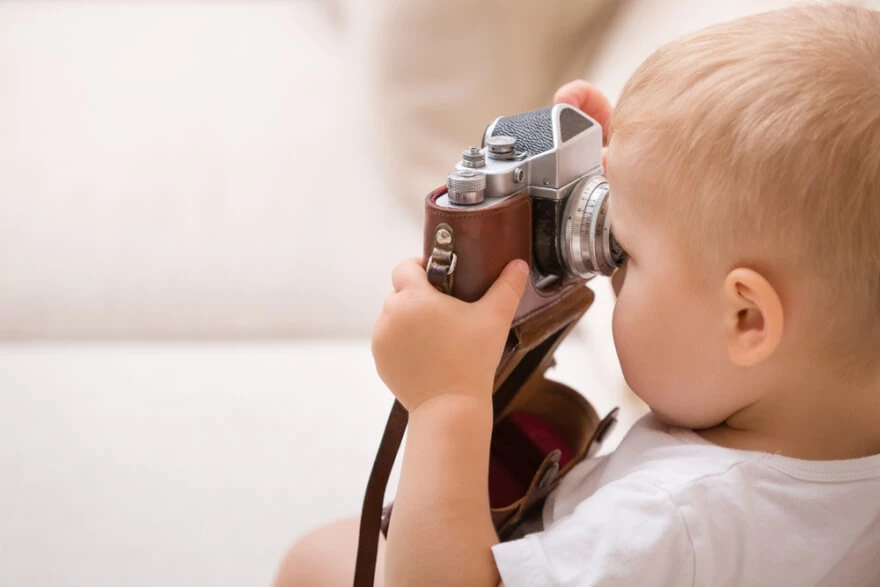How to become forensic photographer

- Definition of forensic photography
- Crime scene photography
- LAB and main concerns about forensic photography
- History of forensic photography
- 5 steps to becoming forensic photographer:
We are familiar with different kinds of photography, each of which differs in some way from the previous one, which makes it unique and puts it in a separate category. Forensic photography is radically different in turn. Here you will not have a model posing or good natural light photography with the selection of camera settings. We work at the crime scene and our work is very demanding and responsible. What is forensic photography – in today's article.
Definition of forensic photography
Forensic photography is a process of documenting evidence of injuries or a crime scene itself to provide a prominent record for legal proceedings and court presentations. Photographs are a critical component for prosecuting different types of violence and crime.

As we can see from the definition itself, there are different types of forensic photography. Some cover a crime scene, and some of them for personal violence records. There are also many subtypes of forensic photography, such as blood stains, fingerprints, and CSI. So basically, there is a subtype of forensic photography for each type of evidence. But sometimes you have to be able to do it all at once.

If you are working with a person that becomes a victim of some sort of violence, then by photographing injuries we support the victim’s narrative, create a visual record for clinician evaluations, and collaborate medical reports. And for the crime scenes, we try and reconstruct the crime scene by photographing evidence in order and marking them. And there is also a lab forensic photography along with the lab operations themselves. Let us break all of these down step-by-step and dive a bit deeper into each of the types of certain forensic photography examples.
Crime scene photography
The main types of photographs taken at the crime scenes are overall photographs, mid-range photographs, and close-up photographs.

While photographing a scene, crime scene technicians try to tell a story with the order in which they take their photographs. This means we start big and work our way smaller. For example, if we were photographing a house, we would start on the outside to capture which house we are photographing, and then move inside to photograph the interior.

These photographs are considered overall photographs, where our main purpose is to capture the general location of our scene and the layout of any rooms. We will then start to emphasize items we believe would be important by taking photographs called mid-range photographs. That relates evidence items to fixed structures or to other evidence items. Once we have narrowed down where the important items are, we then take close-up photographs, filling the entire camera frame with the evidence item in order to show specific details. After this first set of photographs is taken, we then number our evidence items with colored markers that include a number and a scale.

Lastly, we retake the same overall mid-range and close-up photographs, but this time our evidence items are clearly numbered with plat cards. These are the most widely-taken photographs at a crime scene, however, we also take many other types of photographs such as shoe impression photographs, blood stain photographs, infra-red photographs, forensic light source photographs, and nighttime photography.
LAB and main concerns about forensic photography

Forensic photography is a job that does not attract everybody. One of the best ways to see if you want to become a forensic photographer is to spend a day at a lab. You might be in for a pretty big shock at how a forensic lab really looks. With the popularity of certain shows on TV that show a forensic lab as a highly exciting and fast-paced environment, you may not really find that to be the case. A forensic LAB is really a science lab where people are looking for evidence, and a lot of times documenting backs.

As to what happened in a crime or what happens in any kind of potential legal scene, that is a pretty interesting angle on it. TV is fun and exciting, but real life may not be so much fun and exciting sometimes. So you want to go be really professional in your approach and explain exactly what you want to do. There are certain schools and degrees that you can get in forensics. Forensic photography takes a certain type of personality to be able to do that type of photography properly. It is extremely important to understand that you are presenting evidence that could potentially change somebody’s life. This leads to a high level of responsibility to do this type of photography. And as it said, you need to have a really strong stomach for certain crime scenes that may affect you in a way that you will never want to do that again. So you need to ask yourself if you are able to do this type of work. It is extremely science-based in a way. What is most exciting about forensic photography is that technology has improved nowadays, making it really close to what we can see on a TV show. You can literally walk on a 3d crime scene now if you are working with extremely high-end equipment, which is also really expensive. That could be a good incentive to start a career to be in that type of technology environment in the end.
History of forensic photography
Forensic Science holds the branch of forensic photography which encompasses documenting both suspected and convicted criminals, and also the crime scenes, victims, and other evidence needed to make a conviction.

Alphonse Bertillon is one of the most famous forensic photographers who lived from 1853-1914. Bertillon was the inventor of the first scientific method of identifying criminals. He is also the inventor of the mugshot. Bertillon developed a method for identifying both bodies and criminals, which involved nine precise measurements. It was later overtaken by fingerprinting.
Bertillon invented a way of measuring the size of people and things, and the distance between them, by adding a grid to the photo. He called it Metric Photography.
Bertillon sometimes juxtaposed photos of murder victims with images of them when they were living. Bertillon pioneered the practice of mugshots taken from the front and the side. One reason: He believed that ear size and shape were strong identifiers.

As part of his scientific system of documenting crime scenes, Bertillon developed a tripod from which dead bodies could be photographed from above. It was called the ‘God’s-eye view’. Such a tripod was invented in Paris in 1894. Bertillon’s genius was to recognize that seemingly insignificant details such as the position of the body and objects in the room could all be vital in solving crimes.

At first, Bertillon faced a lot of pushback for photographing bodies, which was viewed as sinister and disrespectful to the dead. But eventually, his results forced his critics to agree with him as he solved case after case using the evidence his camera captured.

As well as creating the mugshot, Bertillon also pioneered a technique for preserving footprints and ballistics evidence and invented the dynamometer, which measured the amount of force used during a break-in.
5 steps to becoming forensic photographer:
- Forensic photography classes
- Degree in Criminal Justice
- Earn a certificate
- Internship
- Finding a job
1. At the classes, you will get general photography experience at first. As you will learn the basics for general photography, they will lead you to learn forensics basics and skills such as identifying evidence at the scene, taking accurate photos to depict evidence, shooting footprints, and tire tracks.

2. Having just a GED would not make you attractive to employers that much. As for the degree, you need to earn at least a bachelor’s in criminal justice. Thus, the higher your education is the higher your chances for employment in forensics with a good salary.
3. A certificate is not mandatory, but it allows approving you as an experienced employee.
There is an event called IAI, which stands for International Association for Identification. At this event, you can earn the certificate working directly at a crime scene and then passing written and practical exams afterward.

4. You can look up internships, they are a rare occurrence but still available. In order to find it, you can contact the police or fire departments as well as forensic labs altogether and ask if there is an opportunity presented to work with them for your internship. Some offers would be like a legitimate job, but some of them will allow you just to assist and learn in the process. The media outlet could also be a good way for your internship and establish deeper connections for your future career.
5. After all this, you may have to become a law enforcement officer first to gain access to crime scenes where you will already use the experience you have gained. Police departments typically cast their officers for forensic photography, and they are looking for experienced officers first.
Eventually, you can apply for an open position if you have all the experience listed in the first four steps and if the position suits you.

Co-founder of RetouchMe. In addition to business, he is passionate about travel photography and videography. His photos can be viewed on Instagram (over 1 million followers), and his films can be found on his YouTube channel.
Moreover, his profile is featured on the most popular and authoritative resource in the film industry — IMDb. He has received 51 international awards and 18 nominations at film festivals worldwide.

with RetouchMe














